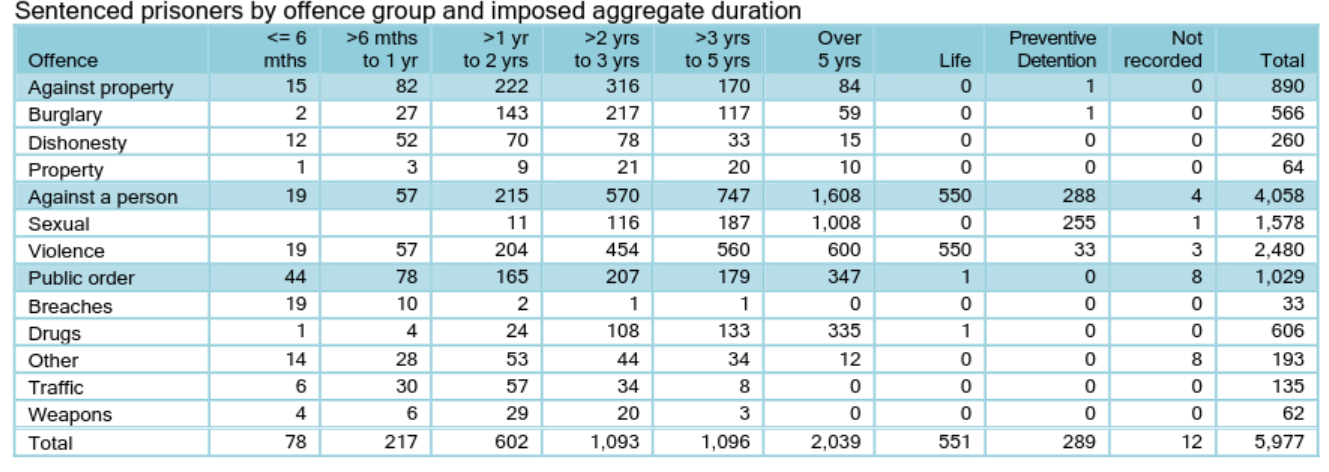this post was submitted on 19 Jul 2023
68 points (98.6% liked)
Aotearoa / New Zealand
1656 readers
25 users here now
Kia ora and welcome to !newzealand, a place to share and discuss anything about Aotearoa in general
- For politics , please use [email protected]
- Shitposts, circlejerks, memes, and non-NZ topics belong in [email protected]
- If you need help using Lemmy.nz, go to [email protected]
- NZ regional and special interest communities
Rules:
FAQ ~ NZ Community List ~ Join Matrix chatroom
Banner image by Bernard Spragg
Got an idea for next month's banner?
founded 1 year ago
MODERATORS
you are viewing a single comment's thread
view the rest of the comments
view the rest of the comments
So the book touched on this. Their model was literally a model of the judge that it was compared against - as in they took a judges decision history and turned it into a model where it was the decision the judge made on average in a case with these circumstances, then compared it to the judge themselves. They did this with a bunch of judges, and found that while neither the judge nor the model did much better than 50/50 at guessing if someone would commit a crime/do a runner while on bail, there was a big improvement in the amount of time spent in custody with the computer decision - as in the computer model did much better at picking the ones that led to reduced time in custody for the same success rate vs the judge. So there's a good possibility of being more cautious at keeping more risky people in custody while overall not needing more space to keep them.
The issue is that people aren't comfortable with a computer making the decision, and also that the model will inevitably be biased against certain races because of a history of biased decisions that the model is based on (even of the model doesn't take race into account). There's a feedback loop, where if you remand someone in custody they can't keep their job and are more likely to commit crimes in future. So you don't want to feed into that if possible. But I'd think there's a good argument for violent crimes (like in this case) to be treated more cautiously and ease up on nonviolent crime to balance.
The book talks about US judges but I'd think many of the benefits and concerns also apply in NZ.
Yes, I agree that locking people up for non-violent crimes is generally a poor use of resources, that said it is fairly rare for people to be imprisoned in NZ now for non-violent offending only, not that I'm saying it never happens, but it is uncommon.
I do think the use of a computer model is an innovation worth looking at, and I think that people here will be more open to the idea now given the recent performance of the judiciary. I would want the model to be programmed to be highly risk averse however, even if that ends up costing more in prison resource
Just looking through the 2020 stats here, in this PDF, it has this table:
That's sentenced prisoners, so my understanding is that in 2020, almost 6,000 people were sentenced to prison, and of those a little under 1/3 were not crimes against a person. That's still a pretty big proportion, though I'd guess most of the others we'd probably agree should be in prison if we had more detail.
Interestingly, it seems Corrections do use a Risk of Reconviction model, that they describe without much detail here, but then it links to a PDF with a lot more details. It does seem to take race into account, and treats Māori different from "Caucasian", though I didn't spend enough time with it to try to understand how it fits together.
The standout to me is that the model was written in 1999, and the website says it's currently in use, so I wonder if it's due for an update.
Thanks for this, very informative
Race absolutely should never be taken into account in any sentencing model, it is irrelevant, for that reason alone it needs updating
Thinking about this more, I think this model is probably not used in sentencing. It's under the Department of Corrections, so it's probably more likely to be used when deciding who should be more closely monitored and decisions like that. It's probably not used by judges, though it's possible Corrections may bring the model to court to argue their case.